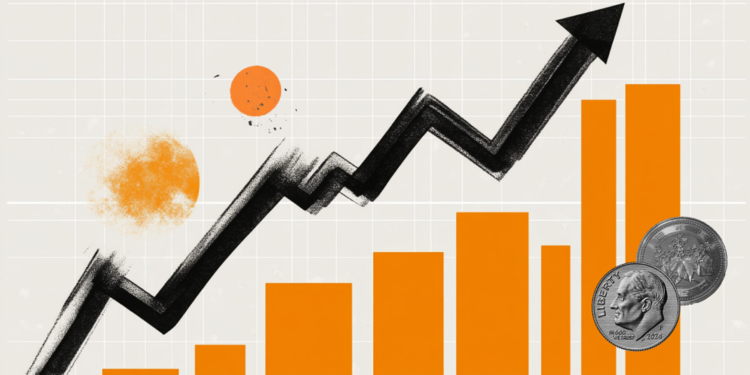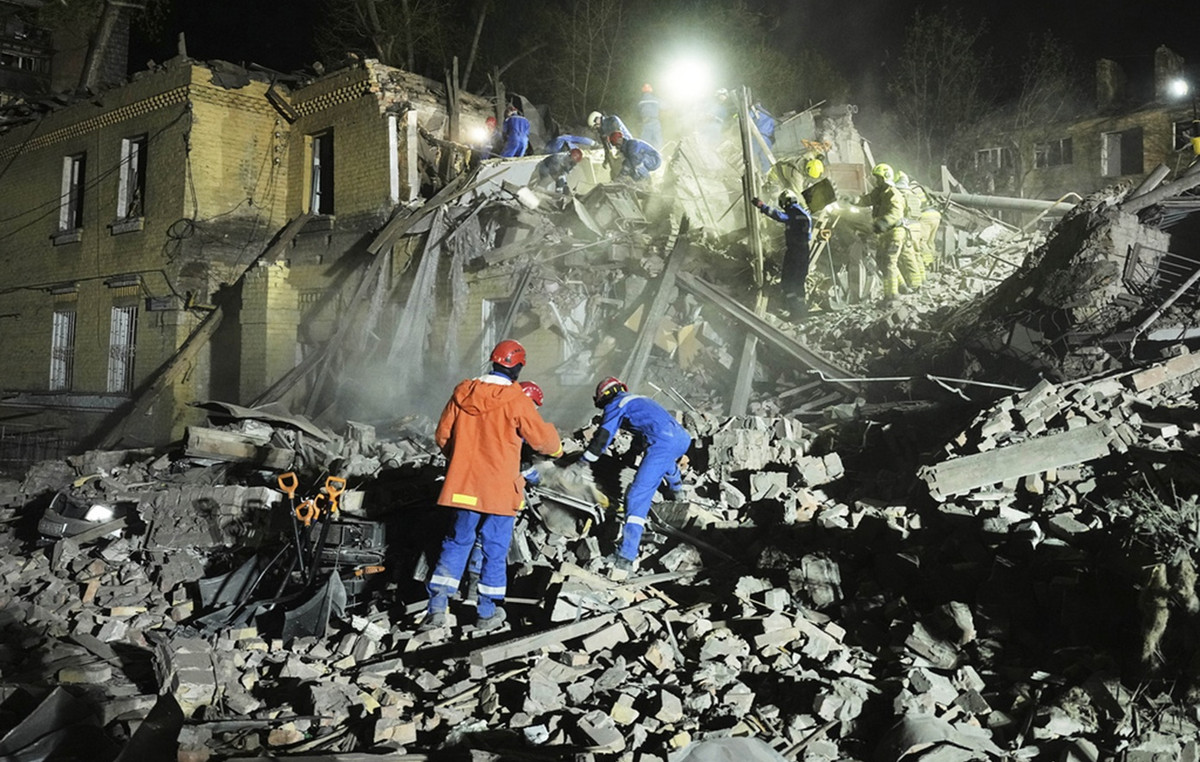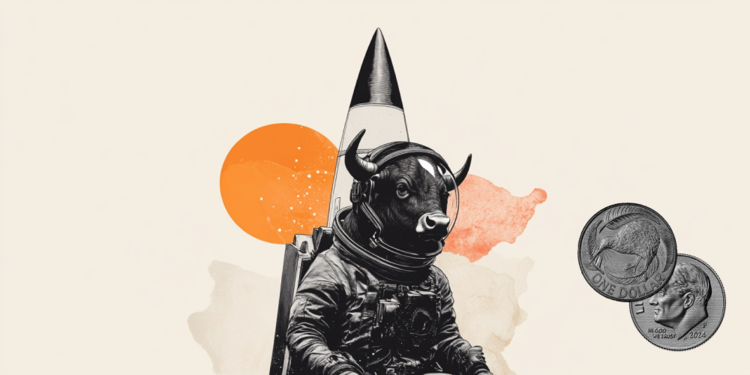The barrage of sanctions imposed by the West after Russia’s invasion of Ukraine has decimated the ruble. But a month after the tanks went into action, the currency has made a full recovery and is now trading at levels seen before the war. How is this possible?
Russia’s central bank has taken dramatic steps in recent weeks to intervene in the market, implementing policies to stop investors and companies from selling the currency and other measures that force them to buy it.
Here are the actions Moscow has taken to boost the ruble:
- The central bank more than doubled interest rates to 20%. This encourages Russian savers to keep their money in local currency;
- Exporters were required to exchange 80% of their foreign currency earnings for rubles, rather than holding US dollars or euros;
- Russian brokers were banned from selling securities held by foreigners;
- Residents are not allowed to make bank transfers outside Russia;
- Russia has threatened to demand payment for natural gas in rubles, not euros or dollars.
These measures allowed Russia to artificially manufacture demand for the ruble. The problem facing policymakers is that with the country’s economy in shambles, no one wants to buy the currency on their own. When restrictions are lifted, demand for the ruble will fall and its value will fall too—perhaps dramatically.
The same goes for the Russian stock market. The benchmark MOEX index was trending higher when trading resumed a week ago after a long war-forced shutdown, but analysts say this is due to restrictions on investors. Only 33 shares were allowed to trade when the market reopened. When trading was extended to all stocks this week, the index dropped again.
With that in mind, the ruble’s rally and stock market movements should not be taken as a sign that Russia’s economy is recovering. The country is facing its deepest recession since the 1990s, and the economy will shrink by a fifth this year, according to a recent forecast by S&P Global Market Intelligence.
Source: CNN Brasil
I’m James Harper, a highly experienced and accomplished news writer for World Stock Market. I have been writing in the Politics section of the website for over five years, providing readers with up-to-date and insightful information about current events in politics. My work is widely read and respected by many industry professionals as well as laymen.







